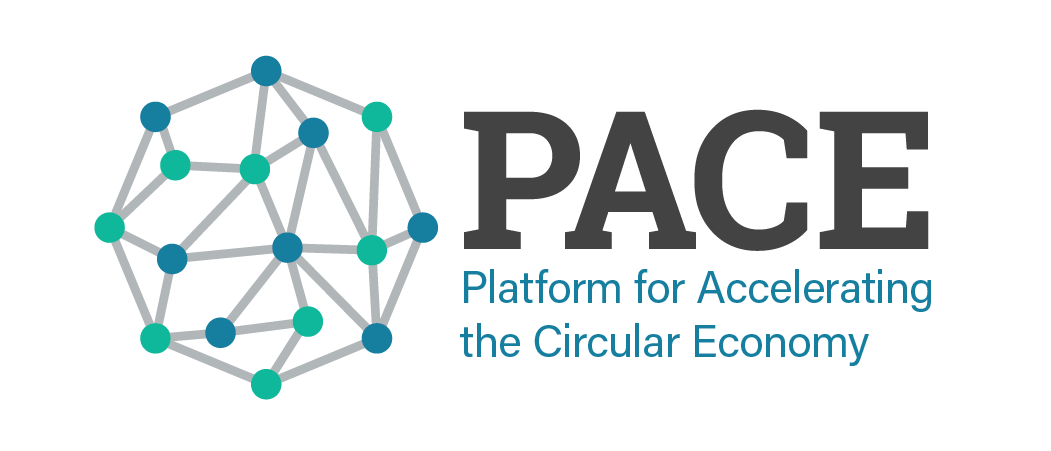Scaling Mineral Circularity for Global Resilience
Article subtitle
Why PACE is focusing on minerals
Why PACE is focusing on minerals
PACE is now committed to intervention across scientifically-determined leverage points within global production systems. This is supported by workstreams along our theory of change and has sharpened the platform’s focus on three key, globally important, areas: climate measures, food, and minerals.
Sourcing sufficient critical minerals to support the energy transition in the face of escalating and competing demand is on the agenda of all nations and the corporate sector that is expected to deliver products and innovative technological solutions. So far, the focus has been to build strategic mineral arrangements, lock in the security of supply, and build new extractive and processing facilities. There is an overlooked opportunity: to recapture the minerals that already exist, with electronics and increasingly, first-generation renewables as sources for ‘urban mining.’
Context
The International Energy Agency has projected that demand for a core suite of minerals will likely exceed six times the current levels by 2040. This is a prerequisite for transitioning globally to a fully renewable energy supply by 2050 and is crucial to reaching the targets laid out by the Paris Agreement. This rapid increase in demand already necessitates a supply that exceeds our reserves.
Our work in the electronics sector identified that electronics have become the world’s fastest-growing waste stream, amounting to an estimated 57.4 million tonnes annually. Within this waste stream are recoverable, critically-important minerals, materials, and rare earth elements. All of which are needed to facilitate rapid clean energy and digital transitions. There are substantial opportunities to recapture secondary materials from products and components at the end of their lifecycle. The scale of this potential material value is significant - in 2019 there were 53.6 million Mt of available electronic waste and expected to rise to 74.7 million Mt by 2030 (See: GEM e-waste monitor).
Beyond the electronics value chain, recapturable resources can be found in mining tailings, and heavy-duty equipment (such as motors), and if these are processed and transported efficiently, they can also contribute a notable portion of the mineral, material, and rare earth element demand we will need to ensure we do not exceed global warming beyond 1.5 ◦C.
Therefore, mineral circularity must be on the agenda if we are to collectively achieve these critically important goals. Without mineral circularity, the necessary resources required to produce renewable energy at scale will not be met in time.

Mineral circularity
Mineral circularity provides a framework for a systematic approach to managing minerals throughout their life cycle. It involves recovering minerals from various waste streams as mentioned above, such as end-of-life products, manufacturing scrap, and mining tailings. It also includes upstream measures to reduce the total demand for minerals through product design and lifetime extension.
Scaling mineral circularity is therefore crucial to help facilitate these transitions and to alleviate short-term supply gaps. Doing so will also secure a more resilient supply chain and global community presenting benefits for people, nature, and the climate.
People
By diversifying minerals supply chains reducing the risk of conflict over resources.
Nature
By minimizing further extraction of raw materials and supporting biodiversity health while limiting pollution.
Climate
By widening access to essential minerals alleviating pressure on the green and digital transitions.
What’s next?
PACE will be working to elevate the significance of mineral circularity to match that of expanding extraction making a direct counter-contribution to the increasingly prevalent arguments supporting increased mining as the only solution. While further extraction will be necessary, mineral circularity should be an effective solution to help plug the short-term supply gap. If implemented effectively this may reduce the need (in the short term) to mine the sea bed for these much-needed resources.

PACE will be present at this year’s Climate Week NYC where we will be hosting a closed-door, highly-focused work session on the critical mineral supply debate with a particular emphasis on the North American regions.
Find out more about our work in this area on our minerals page.




